| Home | Housing | Feeding | Requirements | Breeding | Biology | Books & Links |

Embryo Photo LogIntroductionIn the late 90s I bred axolotls for the first time. This page presents a daily photographic log of the development of the eggs laid by a female melanoid albino (fathered by a golden albino which carried the melanoid gene), from the day of laying to the day of hatching. The eggs are white due to the mother being an albino (normal axolotl eggs are dark brown). They were removed from their parents' aquarium and hatched over a two week period in a small 45x25x20 cm tank (18x10x8 inches). The water temperature was maintained at a little over 20 °C and very light aeration was provided at one end of the tank by a small airstone with airpump. The photos are of the same four embryos over the two week period.
If you would like to learn more about breeding axolotls, please take a look at the Breeding Page. And for rearing larvae, please see the Rearing Page. Unless cited in the Acknowledgements, all text and images are ©1998-2019 John P. Clare. All Rights Reserved. Bookmark Axolotl.org with:
What are these? | ||||||||||||||||||||||||||||||||||







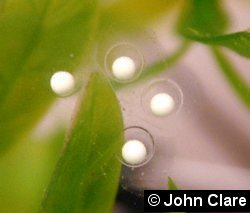
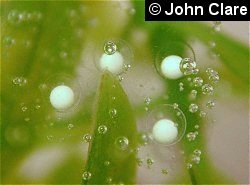
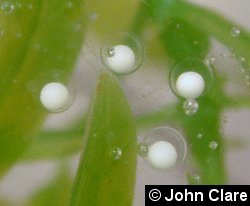
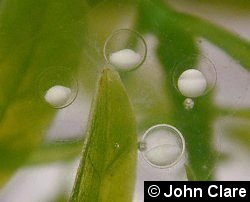
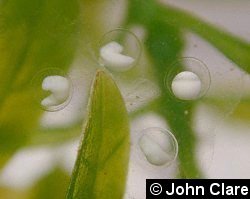
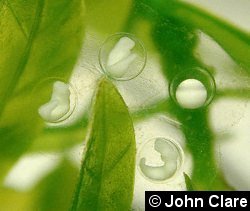
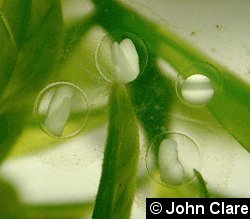
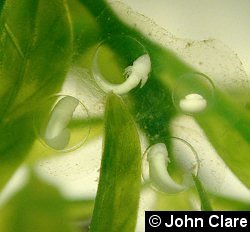
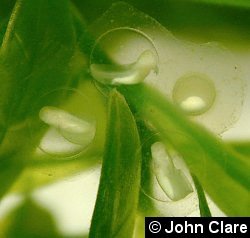
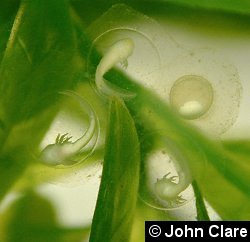
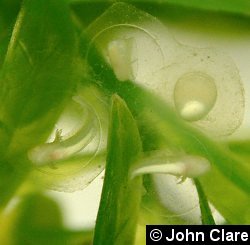
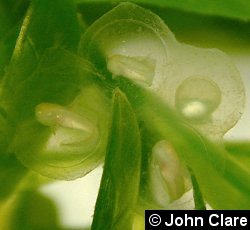
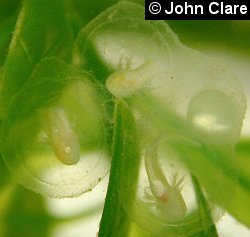
 reddit
reddit Facebook
Facebook